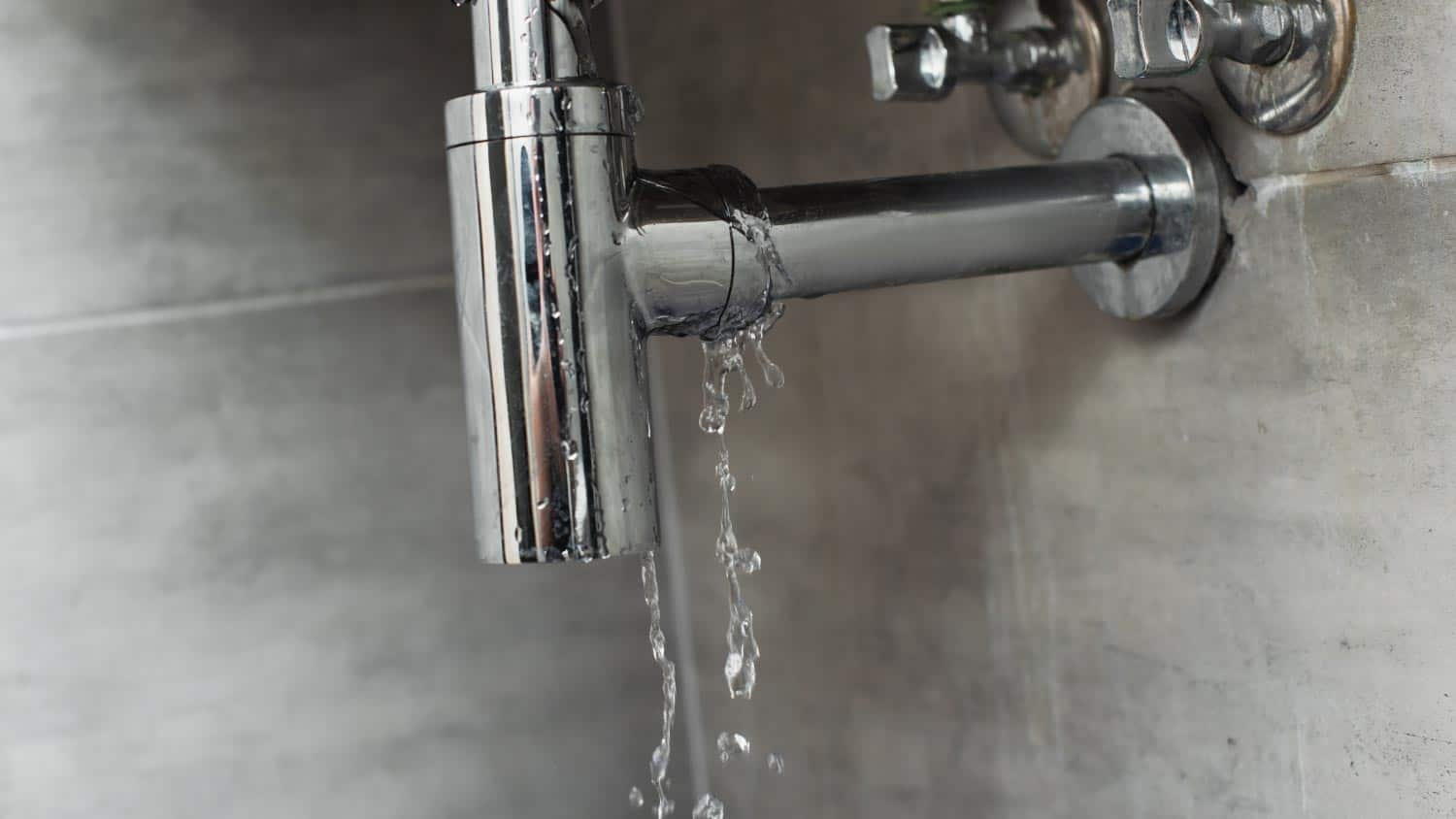Exposing Hidden Water Line Leaks: Six Practical Detection Methods
Exposing Hidden Water Line Leaks: Six Practical Detection Methods
Blog Article
Just how do you feel with regards to Top leak detection hacks?

Early detection of dripping water lines can alleviate a prospective disaster. Apart from conserving you cash, it will lessen the aggravation as well as irritation. The moment you discover a leakage, calling your plumber for repairs is the best option. However, some little water leaks might not be visible. If you can not discover it with your nude eyes, here are some hacks that help.
1. Take A Look At the Water Meter
Every residence has a water meter. Checking it is a surefire way that helps you uncover leakages. For beginners, switch off all the water sources. Ensure nobody will certainly flush, use the tap, shower, run the cleaning device or dish washer. From there, most likely to the meter and watch if it will certainly transform. Since nobody is utilizing it, there need to be no movements. That suggests a fast-moving leak if it relocates. If you detect no changes, wait a hr or 2 and check back once more. This indicates you may have a slow-moving leak that might also be underground.
2. Examine Water Consumption
If you identify unexpected modifications, in spite of your consumption being the exact same, it implies that you have leaks in your plumbing system. An abrupt spike in your costs suggests a fast-moving leakage.
Meanwhile, a constant increase every month, even with the exact same habits, shows you have a slow-moving leakage that's likewise gradually intensifying. Call a plumber to extensively inspect your residential or commercial property, particularly if you feel a cozy area on your floor with piping underneath.
3. Do a Food Coloring Examination
When it pertains to water consumption, 30% comes from commodes. Examination to see if they are running correctly. Decline flecks of food shade in the storage tank and also wait 10 minutes. There's a leak in between the tank as well as dish if the shade in some way infiltrates your dish throughout that time without flushing.
4. Asses Exterior Lines
Don't forget to examine your exterior water lines also. Test spigots by connecting a garden pipe. Must water permeate out of the connection, you have a loosened rubber gasket. Change this and ensure all connections are tight. If you have actually obtained a sprinkler system, it will help get it skillfully took a look at and also maintained every year. One little leak can waste tons of water and increase your water costs.
5. Inspect and Evaluate the Circumstance
Home owners need to make it a habit to examine under the sink counters as well as also inside closets for any kind of bad odor or mold growth. These 2 red flags show a leakage so timely focus is needed. Doing regular evaluations, even bi-annually, can conserve you from a significant issue.
More importantly, if you recognize your residence is currently old, keep a watchful eye on your heaters, pipes, pipelines and so on. Look for stainings and also damaging as a lot of devices and pipelines have a life expectancy. They will certainly additionally naturally degrade as a result of tear and also wear. Don't wait for it to escalate if you believe leaking water lines in your plumbing system. Call a specialist plumber as soon as possible so you don't end up with an awful mess in your home.
Early detection of leaking water lines can minimize a potential calamity. Some small water leakages may not be noticeable. Checking it is a proven means that assists you uncover leaks. One small leak can waste bunches of water and increase your water bill.
If you believe leaking water lines in your plumbing system, don't wait for it to escalate.
WARNING SIGNS OF WATER LEAKAGE BEHIND THE WALL
PERSISTENT MUSTY ODORS
As water slowly drips from a leaky pipe inside the wall, flooring and sheetrock stay damp and develop an odor similar to wet cardboard. It generates a musty smell that can help you find hidden leaks.
MOLD IN UNUSUAL AREAS
Mold usually grows in wet areas like kitchens, baths and laundry rooms. If you spot the stuff on walls or baseboards in other rooms of the house, it’s a good indicator of undetected water leaks.
STAINS THAT GROW
When mold thrives around a leaky pipe, it sometimes takes hold on the inside surface of the affected wall. A growing stain on otherwise clean sheetrock is often your sign of a hidden plumbing problem.
PEELING OR BUBBLING WALLPAPER / PAINT
This clue is easy to miss in rooms that don’t get much use. When you see wallpaper separating along seams or paint bubbling or flaking off the wall, blame sheetrock that stays wet because of an undetected leak.
BUCKLED CEILINGS AND STAINED FLOORS
If ceilings or floors in bathrooms, kitchens or laundry areas develop structural problems, don’t rule out constant damp inside the walls. Wet sheetrock can affect adjacent framing, flooring and ceilings.
https://www.servicemasterbyzaba.com/blog/how-to-detect-water-leakage-in-walls/

I'm just very interested by Detecting hidden plumbing leaks and I am assuming you enjoyed reading our page. If you liked our post kindly make sure you remember to pass it around. Thank you for your time spent reading it.
View More Report this page